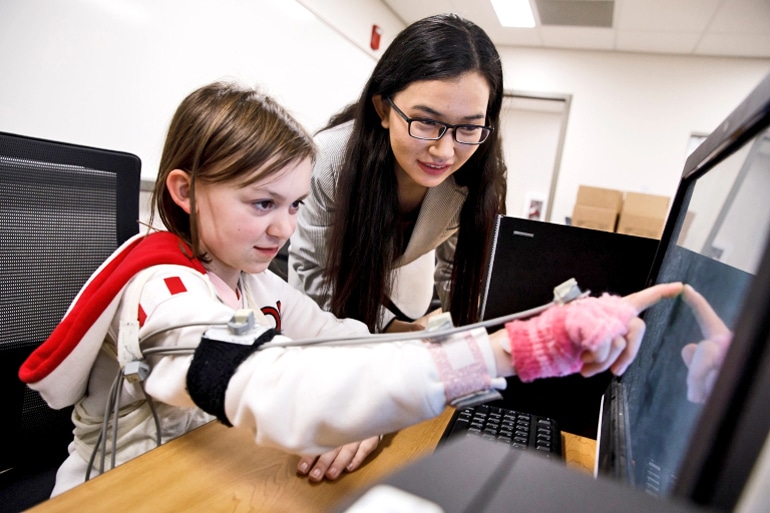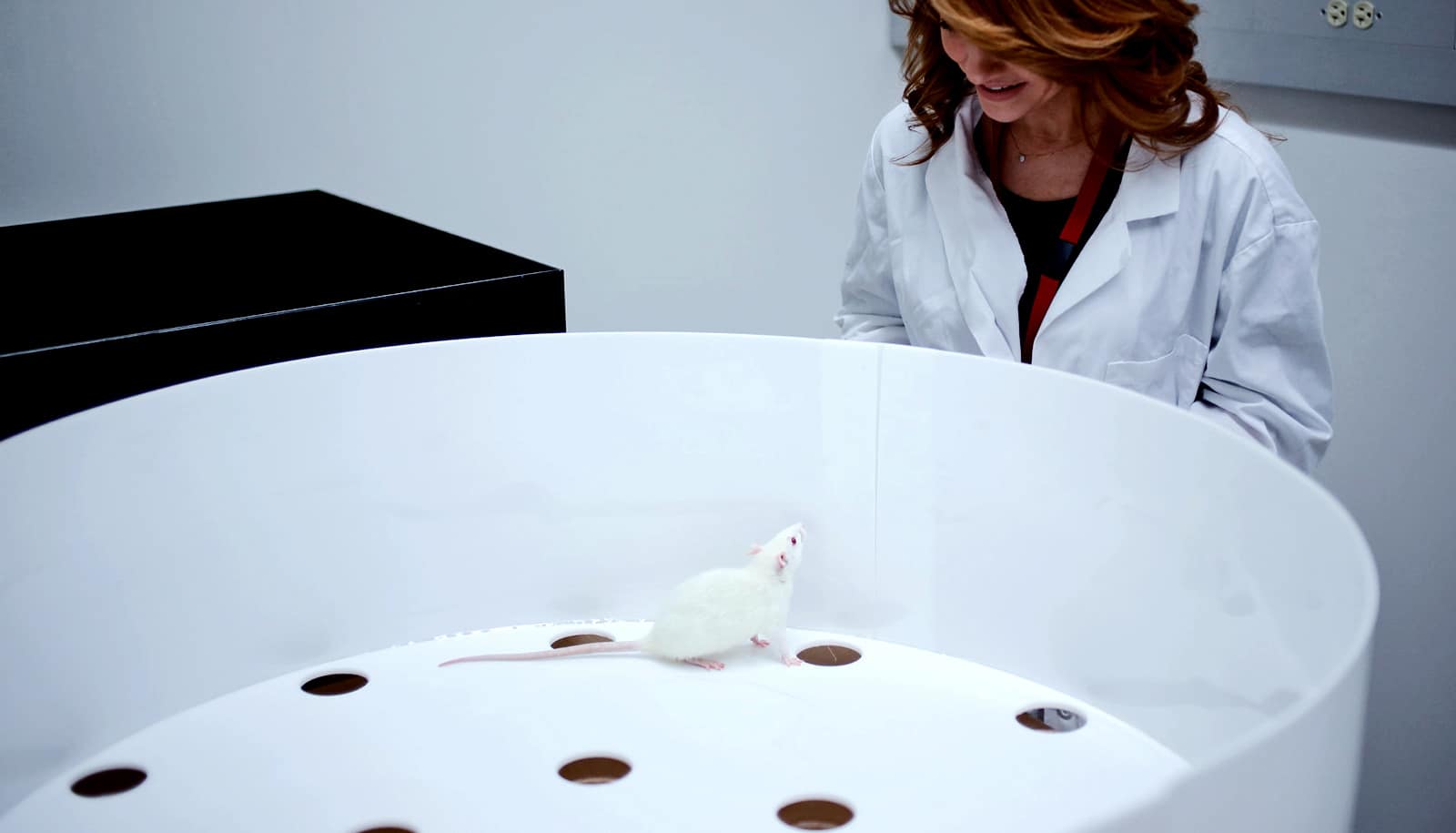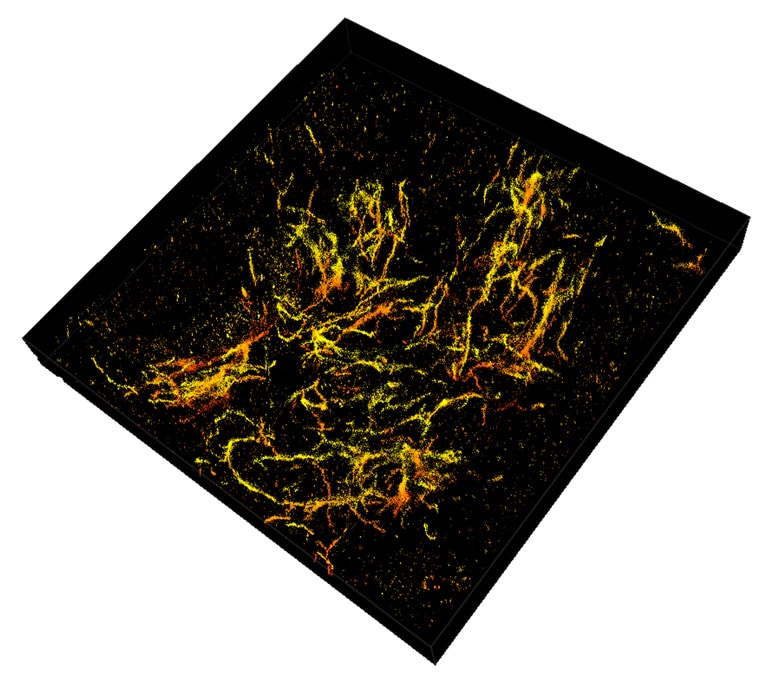Americans are evenly divided on whether a business should be able to deny service to same-sex couples, a new study suggests.
The study examines public views on the conflict between anti-discrimination laws and legal protections for speech and religion, a topic under debate by courts and legislatures. The Supreme Court heard recent arguments in a Colorado case in which a baker refused—on religious grounds—to make a wedding cake for a same-sex couple. The court is expected to rule by June 2018.
“The finding challenges the idea that denial of service to same-sex couples is all about religious freedom.”
But people who support denying service don’t necessarily see it as a matter of religious freedom, the study finds. They are as likely to support a business that denies service for reasons unrelated to religion as one that does so because of religious beliefs.
“The finding challenges the idea that denial of service to same-sex couples is all about religious freedom,” says Brian Powell, professor of sociology at Indiana University and lead author of the study that appears in Science Advances.
“People may oppose same-sex marriage because of their beliefs, but their views about denial of service have nothing to do with whether the denial is for religious reasons,” he says.
In other findings:
- There was surprisingly strong support for the idea that businesses should be able to deny services to interracial couples, even though laws prohibit racial discrimination. Researchers asked about interracial couples to compare with findings for same-sex couples.
- Respondents made a clear distinction between self-employed individuals and corporations. They were twice as likely to say a self-employed person could deny service as they were to support a business chain whose owners objected to serving same-sex or interracial couples.
Researchers asked a representative sample of more than 2,000 people to respond to vignettes in which a photographer refused to take wedding pictures. In random versions of the vignette, the photographer was self-employed or worked for a chain business, the couple was same-sex or interracial, and the reason for denying service was religious or nonreligious.
It was striking that two in five respondents supported denying service to an interracial couple, Powell says. Over half said a self-employed photographer should be able to refuse service to an interracial couple, while fewer than one-fourth said a corporation should be allowed to do so.
“Race is a protected category, and despite that, many people say you can deny service,” Powell says.
Also, while 61 percent of respondents said a self-employed photographer could deny service to a same-sex couple or interracial couple, only 31 percent said a corporation could deny service.
How same-sex marriage laws may save teens’ lives
Powell says the result suggests public views are not aligned with the Supreme Court’s 2014 Hobby Lobby decision, which said that closely held corporations had the same rights as individuals to deny their employees contraceptive insurance coverage because of the owners’ religious objections.
“Americans don’t believe that. They make a clear distinction between corporations and self-employed people,” Powell says.
In the study, respondents didn’t favor religious reasons for denying service over other reasons. In open-ended questions, Powell says, many took a libertarian view that a self-employed individual should be able to deny service to anyone for any reason. In contrast, others viewed denial of service as discrimination and said businesses should serve everyone.
Source: Indiana University
The post Poll: Americans split on denying services to same-sex couples appeared first on Futurity.







